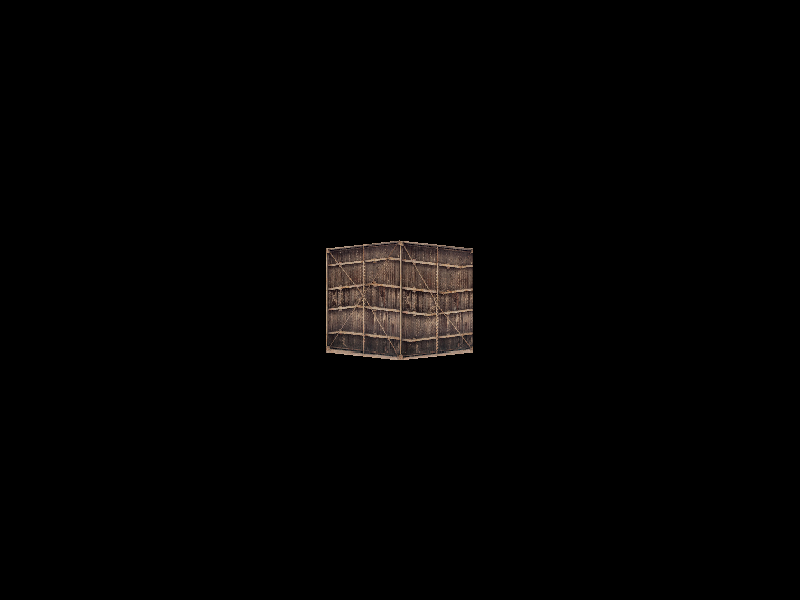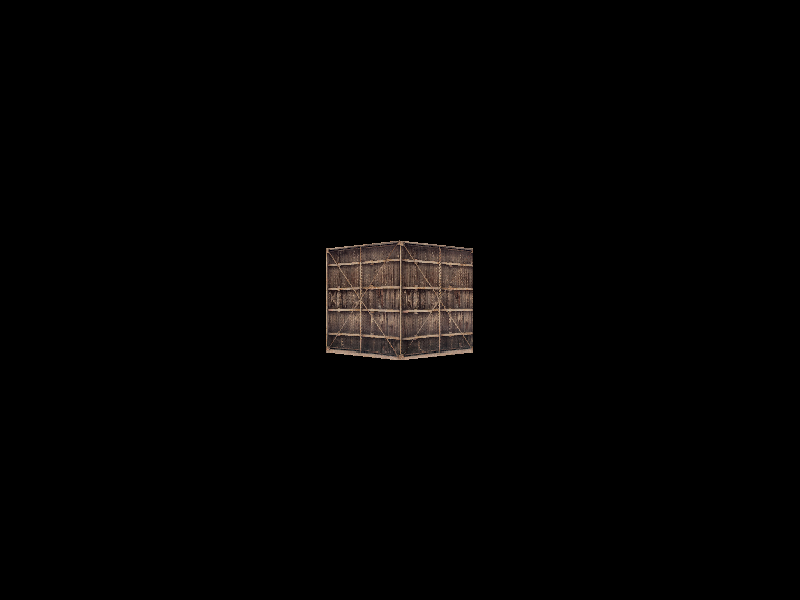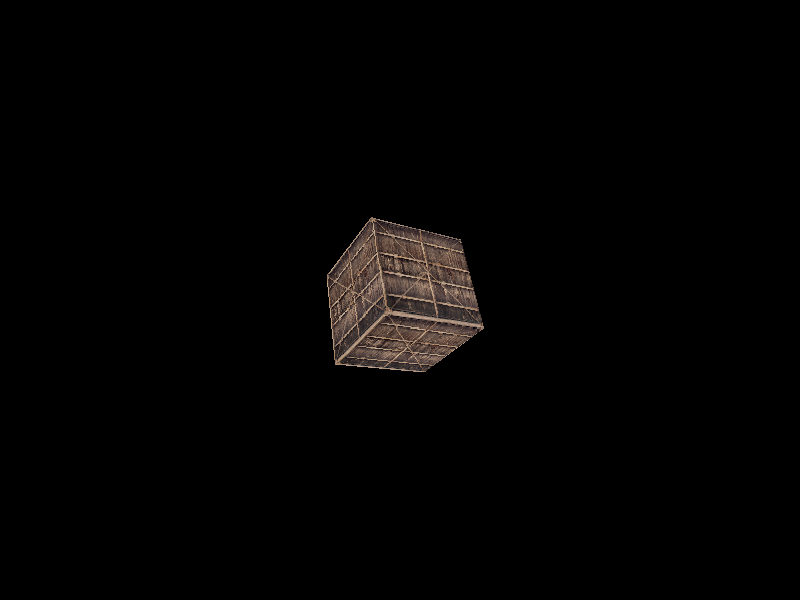1
2
3
4
5
6
7
8
9
10
11
12
13
14
15
16
17
18
19
20
21
22
23
24
25
26
27
28
29
30
31
32
33
34
35
36
37
38
39
40
41
42
43
44
45
46
47
48
49
50
51
52
53
54
55
56
57
58
59
60
61
62
63
64
65
66
67
68
69
70
71
72
73
74
75
76
77
78
79
80
81
82
83
84
85
86
87
88
89
90
91
92
93
94
95
96
97
98
99
100
101
102
103
104
105
106
107
108
109
|
#pragma once
#ifndef TEXTURE_H
#define TEXTURE_H
#include "Global.h"
class Texture {
public:
int width;
int height;
int channels;
unsigned char* data;
Texture() : width(-1), height(-1), channels(-1), data(nullptr)
{}
Texture(const std::string& Path) {
LoadTexture(Path);
}
virtual ~Texture() {
if (data)
free(data);
}
Texture(const Texture& t) {
width = t.width;
height = t.height;
channels = t.channels;
if (t.data) {
data = (unsigned char*)malloc(width * height * channels);
memcpy(data, t.data, width * height * channels);
}
}
Texture& operator=(const Texture& t) {
width = t.width;
height = t.height;
channels = t.channels;
if (t.data) {
data = (unsigned char*)malloc(width * height * channels);
memcpy(data, t.data, width * height * channels);
}
return *this;
}
virtual void LoadTexture(const std::string& Path) {
stbi_set_flip_vertically_on_load(false);
if (data)
free(data);
data = stbi_load(Path.c_str(), &width, &height, &channels, 0);
}
virtual glm::vec4 Sample2D(const glm::vec2& texcoord) {
float x = texcoord.x - (float)floor(texcoord.x);
float y = texcoord.y - (float)floor(texcoord.y);
x = x < 0 ? -x : x;
y = y < 0 ? -y : y;
return GetColor(x * (width - 1), y * (height - 1)) / 255.0f;
}
glm::vec4 GetColor(int x, int y) {
if (x < 0 || x >= width || y < 0 || y >= height)
return glm::vec4(0, 0, 0, 255);
switch (channels) {
case 1:
return GetColor1(x, y);
break;
case 2:
return GetColor2(x, y);
break;
case 3:
return GetColor3(x, y);
break;
case 4:
return GetColor4(x, y);
break;
default:
return glm::vec4(0, 0, 0, 255);
}
}
glm::vec4 GetColor1(int x, int y) {
int xy = y * width + x;
return glm::vec4(*(data + xy), 0, 0, 255);
}
glm::vec4 GetColor2(int x, int y) {
int xy = 2 * (y * width + x);
return glm::vec4(*(data + xy), *(data + xy + 1), 0, 255);
}
glm::vec4 GetColor3(int x, int y) {
int xy = 3 * (y * width + x);
return glm::vec4(*(data + xy), *(data + xy + 1), *(data + xy + 2), 255);
}
glm::vec4 GetColor4(int x, int y) {
int xy = 4 * (y * width + x);
return glm::vec4(*(data + xy), *(data + xy + 1), *(data + xy + 2), *(data + xy + 3));
}
};
#endif
|


